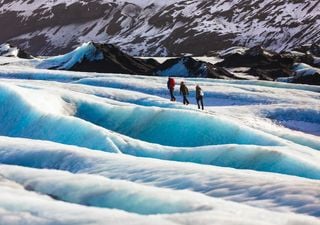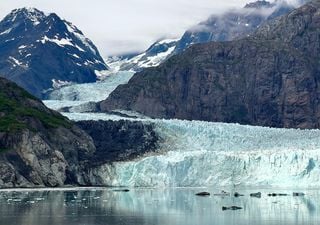"Glaciers's blood". This is the strange phenomenon that turns Antarctica pink and worries scientists.
Although it draws attention due to its striking color, this peculiar phenomenon accelerates the melting of snow and glaciers, and could intensify with climate change.
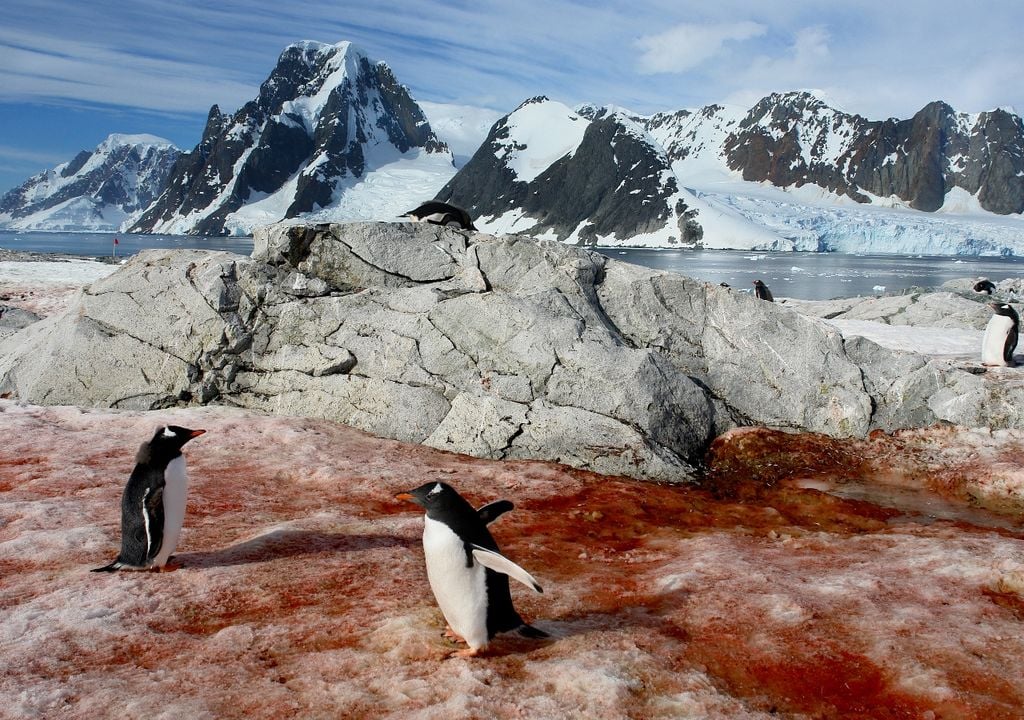
The frozen landscape of Antarctica is undergoing a transformation that has scientists curious about. Vast areas, once covered in uniform white snow, now have a pinkish hue, a phenomenon scientists have dubbed "pink snow ," "glacial blood," and even "watermelon snow."
The impacts of this "blood"
This distinctive color is due to the proliferation of a particular species of algae, Chlamydomonas nivalis . These cold-loving algae, although green in color, develop reddish carotenoid pigments to protect themselves from ultraviolet radiation and absorb more heat.
During the Antarctic summer, when temperatures rise and the ice begins to melt, algae bloom, turning the snow pink. This proliferation reduces the snow's ability to reflect sunlight, a phenomenon known as albedo. Instead of reflecting sunlight, the snow absorbs it, which intensifies heat retention and accelerates ice melting.
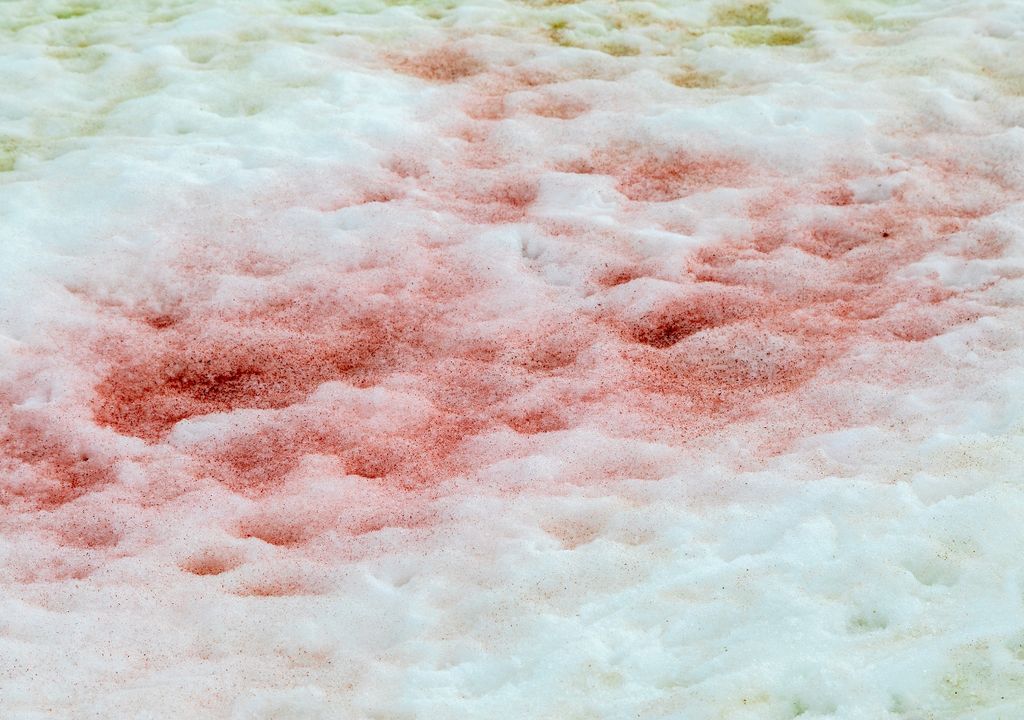
“Pink snow is a phenomenon that appears to be increasing, perhaps due to rising temperatures, and it has global consequences because it changes the albedo of the snow ,” José Ignacio García of the University of the Basque Country explained to El País.
Pink snow is increasingly appearing in cold regions of the planet, such as the Arctic and the Alps. While it can be an interesting visual spectacle, research indicates that the proliferation of this algae can reduce albedo by 13% during the melt season, contributing to global warming.
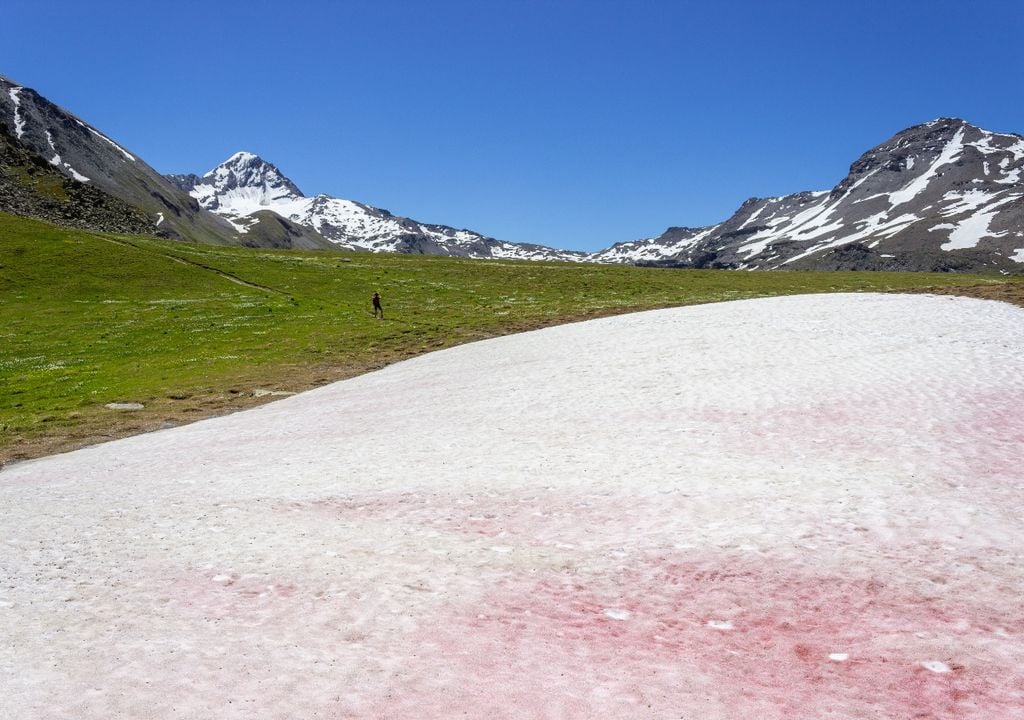
A recent study, led by researchers at Simon Fraser University in Canada, analyzed satellite images taken between 2019 and 2022. They found that this algae covers 5% of glaciers in northwestern North America, with coverage reaching 65% in some areas. The study, published in Science Advances, also warns that this phenomenon contributes to melting by darkening the snow and absorbing more solar radiation.
Colorful snow, a documented phenomenon
Colored snow has intrigued humanity for centuries. The Greek philosopher Aristotle was one of the first to document this phenomenon more than 2,300 years ago. However, it wasn't until the 19th century that science identified Chlamydomonas nivalis as the cause of this peculiar coloration.
The scientific community is intensifying its efforts to better understand this phenomenon and its implications. Projects like ALPALGA bring together biologists, ecologists, and glaciologists to study the species that inhabit the snow and how their proliferation affects melting. The goal is to understand how these algae survive in such extreme conditions and how climate change influences their growth.
In addition to Antarctica, pink snow has been observed in various parts of the world, and due to other causes. In the Southern Alps, during the summers of 2019 and 2020, a reddish hue was recorded in the snow due to the deposit of red dust from storms across the Tasman Sea. This dust reduced the snow's reflective capacity.
Blood Snow or Watermelon Snow has been found in the Antarctic & the Alps. It's caused by an algae called Chlamydomonas nivalis. It was noted as early as the fourth century BC, by the Greek philosopher Aristotle. It actually smells like watermelon.
— Ewan Morrison (@MrEwanMorrison) April 20, 2021
Images: Times India. pic.twitter.com/EPr297iRIc
As climate change progresses, these types of phenomena are expected to become increasingly common , and what today seems like a chromatic oddity could become an irreversible warning sign for the planet.





